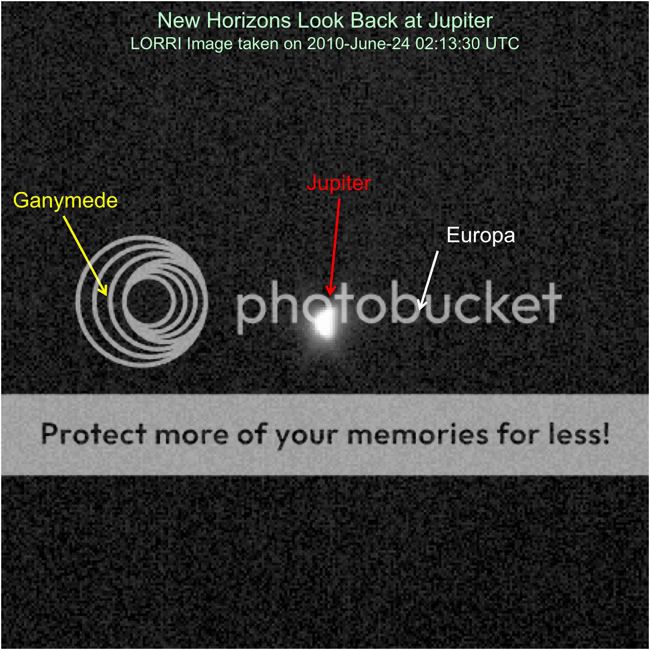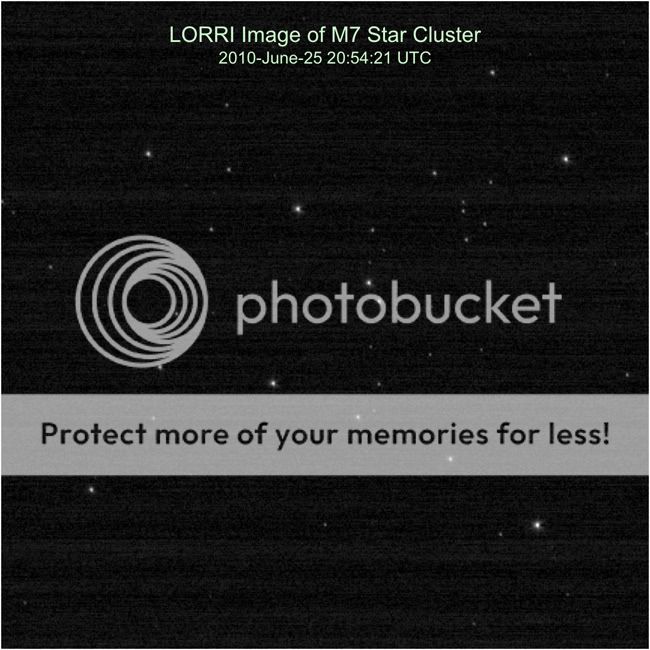October 12, 2010
 CU-Boulder graduate student Andrew Poppe of the physics department is part of a student team at the Laboratory for Atmospheric and Space Physics that designed and built the Student Dust Counter instrument now flying on NASA's New Horizons spacecraft that is headed for Pluto. Credit: Glenn Asakawa/ University of Colorado
CU-Boulder graduate student Andrew Poppe of the physics department is part of a student team at the Laboratory for Atmospheric and Space Physics that designed and built the Student Dust Counter instrument now flying on NASA's New Horizons spacecraft that is headed for Pluto. Credit: Glenn Asakawa/ University of Colorado
A University of Colorado at Boulder space dust counter designed, tested and operated by students that is flying aboard NASA's New Horizons mission to Pluto now holds the record for the most distant working dust detector ever to travel through space.
The instrument on the New Horizons mission -- officially named the Venetia Burney Student Dust Counter, or SDC, after an 11-year-old English girl who named Pluto more than 75 years ago -- reached a distance of 1.67 billion miles from Earth on Oct. 10. Designed by a student team from CU-Boulder's Laboratory for Atmospheric and Space Physics, SDC was launched in 2006 aboard the New Horizons spacecraft, which is now slightly beyond the orbit of Uranus.
Dust grains in the solar system are of high interest to researchers because they are the building blocks of the solar system's planets. Scientists are particularly interested in dust that New Horizons is expected to encounter in the Kuiper Belt, a vast region beyond Neptune's orbit that contains thousands of icy objects that are thought to contain samples of ancient material formed in the solar system billions of years ago.
The only other dust-detecting instruments to measure space dust beyond the orbit of Jupiter -- which is inside the orbit of Uranus -- flew aboard NASA's Pioneer 10 and Pioneer 11 spacecraft in the 1970s.
"The New Horizons mission is going to break a lot of records, but this early one is one of the sweetest," said New Horizons Principal Investigator Alan Stern of the Southwest Research Institute in Boulder. "We're very proud to be collecting solar system dust data farther out than any mission ever has, and we're even prouder to be carrying the first student-built and student-operated science instrument ever sent on a planetary space mission," said Stern, a former faculty member at CU-Boulder.
"It's a once-in-a-lifetime experience to be part of the group of students who made this happen," said Andrew Poppe, a CU graduate student in physics who helps operate LASP's SDC and analyze the data. "We built a record-breaking, successful instrument that is taking scientific measurements to advance our understanding of the role of dust in our solar system."






